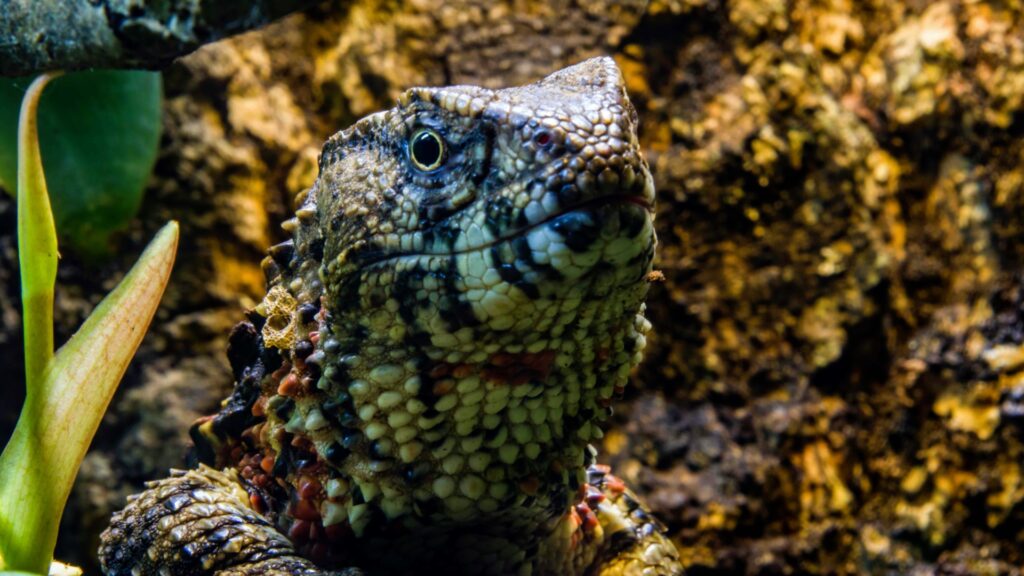Key Facts

The Chinese crocodile lizard spends much of its time in shallow water or in overhanging branches and vegetation, where it hunts its prey of insects, snails, tadpoles, and worms. Individuals in captivity may be fed baby mice. A rare and little-studied lizard, which regulates the international trade of specimens.
A 2008 study estimated that 950 crocodile lizards were left in China, while another study estimated that fewer than 150 adults were left in Vietnam. Habitat loss is a major threat to the species. The population decline of the Chinese crocodile lizard can be explained by a combination of poaching, water flow changes, mining, electrofishing, and the poisoning of fish supply due to agricultural waste. Since 1990; there are low levels of legal exports for the pet trade but it is believed that illegal collection occurs at a higher level. In 2014, it was listed as endangered on the IUCN Red List based on severe population declines and ongoing threats.

Social